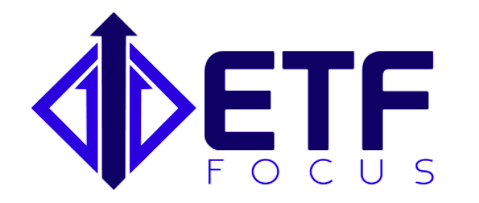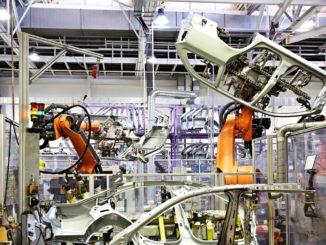I’ve advocated for funds that focus on dividend aristocrats for some time. They generally represent some of the best and sturdiest companies in the world and provide a degree of income security that many other investments can’t. The problem is that many of these funds just don’t pay big yields. Funds that invest in long-term dividend payers, such as the Vanguard Dividend Appreciation ETF (VIG) and the ProShares S&P 500 Dividend Aristocrats ETF (NOBL), are only paying around 2%. For many investors using their portfolios to generate income, that’s just not enough.
Investors can find dividend equity ETFs that offer yields around 4%, but those funds tend to delve more into beaten down and out of favor names, such as retailers and energy companies, and can be riskier propositions. Where can investors go to find higher yields, yet still focus on quality?
One good option is the iShares Core High Dividend ETF (HDV). It targets the highest dividend payers in the large-cap universe, but layers on additional screens for liquidity, quality and financial health. It comes with lower overall risk than the S&P 500 and currently yields 3.3%.
The fund’s underlying index, the Morningstar Dividend Yield Focus Index, attempts to identify companies that have been screened for both financial health and sustainable competitive advantages. It looks for businesses that possess at least some measure of an economic moat, the ability of a company to generate above average returns on capital over an extended period of time with limited disruption from competitors. Companies are then tested for balance sheet strength by looking at factors such as cash flows, asset/liability ratios and ROE to assess flexibility and the ability to sustain their dividends.
The index includes the 75 highest yielding stocks that meet these criteria from Morningstar with the final portfolio getting dividend dollar weighted.
Let’s get the bad news out of the way first. This fund, along with other dividend ETFs, has had a rough go of it in 2017. It’s up only about 4% this year compared to a 11% gain for the S&P 500. The main culprit has been its asset allocation. The fund has nearly 30% of assets dedicated to energy and telecom, the market’s two worst performing sectors this year by far. With the S&P 500 only 9% invested in these areas, this has been a significant performance drag for the fund. On top of that, the fund’s exposure to energy is almost entirely tied up in just two companies - ExxonMobil (XOM) and Chevron (CVX) - adding to its concentration risk. The Core High Dividend ETF is also significantly underweight in tech, the market’s best performing group.
Now for the positive. The fund’s expense ratio of just 0.08% is one of the lowest you’ll find in the marketplace. Expenses are the scourge of investment returns and low fees mean more money stays in your pockets. While, it took the fund a couple of years to gain its footing (it ranked in the bottom 10% of its Morningstar category in each of its first two years), it’s been a top quartile performer over the past three years. Even better, it has achieved those returns at about 15% less risk than the S&P 500. The S&P 500 has delivered better total returns but the Core High Dividend Yield ETF has provided superior risk-adjusted returns, as evidenced by its three-year alpha of 2.16%.
Investors and retirees looking for higher dividend yields but wanting to keep a cap on overall portfolio volatility will want to look at HDV. Many of the companies that the fund’s strategy have targeted have been out of favor making 2017 a year to forget, but focusing on healthy balance sheets, strong cash flows and competitive advantages is usually a successful long-term plan. Despite the fund’s short-term woes, a yield of over 3% with below average risk makes this ETF a solid choice for providing conservative equity income.
If you enjoyed reading this article, please be sure to share it below and subscribe to the site so that you don't miss any updates or new stuff! As always, thank you for taking the time to read!


